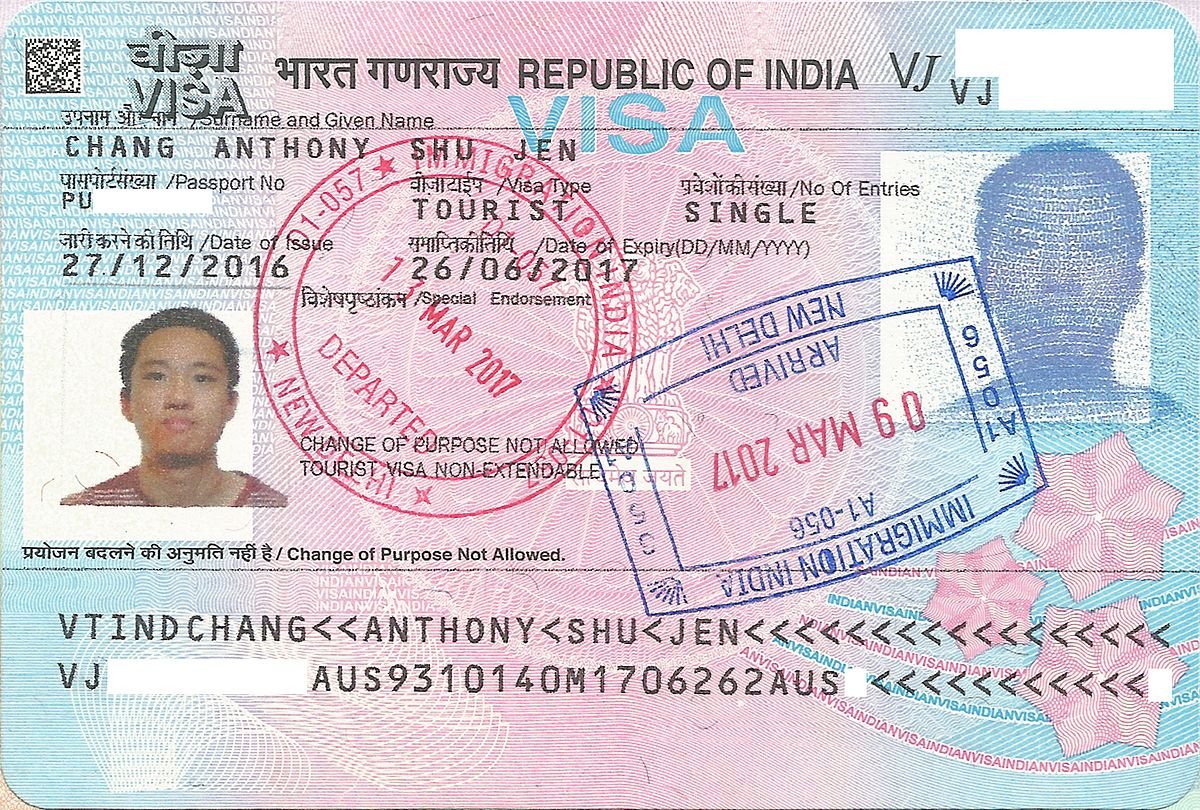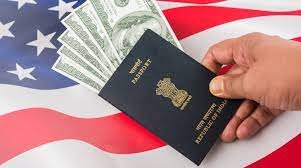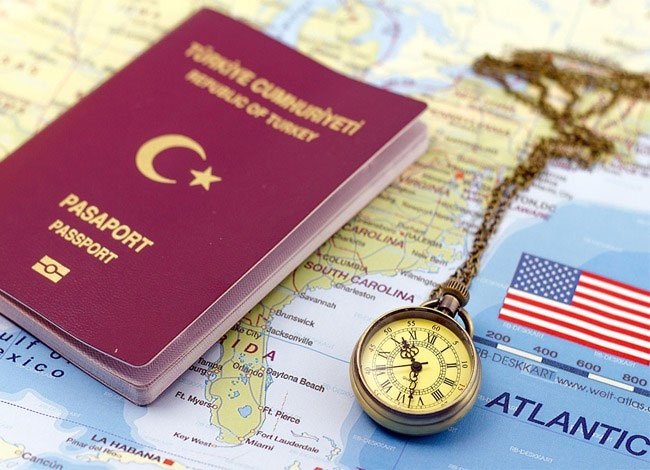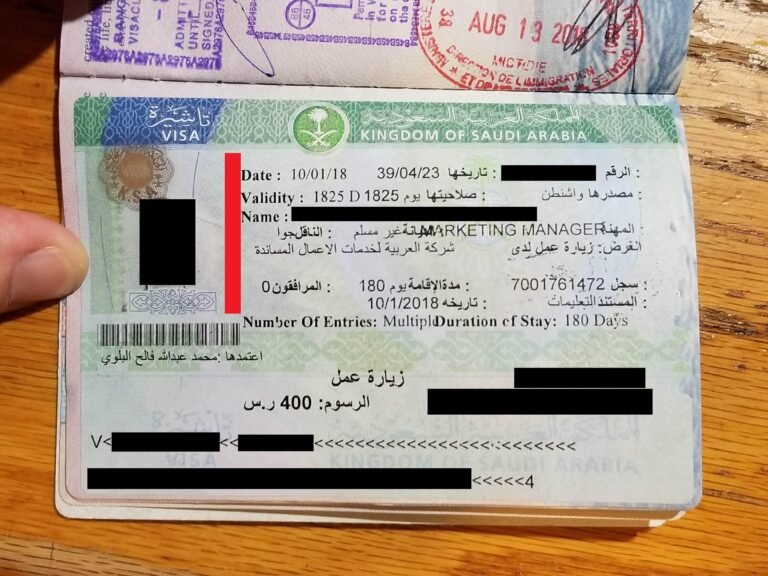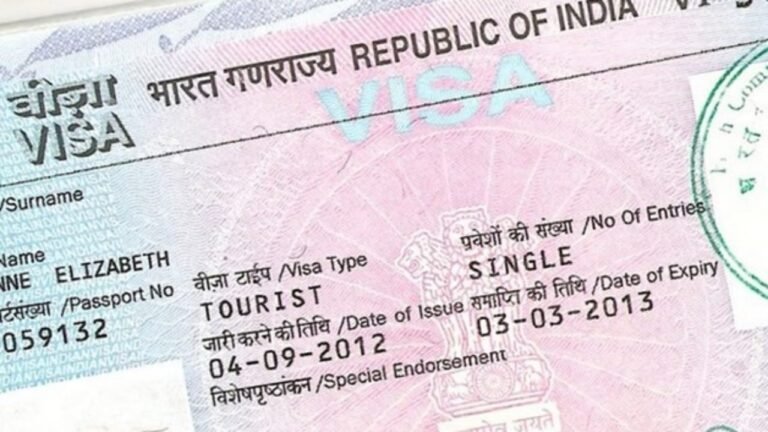Indian Visa Application On Arrival:
Indian visa application on arrival:
Are you planning a trip to India but dreading the long and complicated visa application process? Well, fret no more! With the Indian visa application on arrival, you can skip the hassle and enjoy a smooth and convenient experience.
This article is here to guide you through the eligibility criteria, arrival procedures, duration, and validity of the visa, as well as the fees and payment methods.
We will also discuss the benefits and convenience of opting for the visa on arrival, along with some helpful tips and recommendations for a seamless application process.
So, if you’re ready to explore the vibrant culture, rich history, and breathtaking landscapes of India, keep reading to find out everything you need to know about the Indian visa application on arrival.
Key Takeaways
- Indian Visa on Arrival offers benefits such as easy modification of travel itinerary, time-saving flexibility, no need for a traditional visa in advance, and the ability to extend stay without a new application.
- To have a smooth application process, it is important to familiarize yourself with visa requirements and necessary documents, ensure eligibility criteria are met, gather necessary documents beforehand, and arrive at designated visa on arrival counters during operational hours at eligible arrival airports.
- There are common misconceptions about Indian Visa on Arrival, including its availability to all nationalities and the requirement of an online application and Electronic Travel Authorization (ETA). It is not possible to simply show up at the airport to get the visa.
- The required documents for Indian Visa on Arrival include a valid passport with at least six months validity, a return or onward ticket, proof of sufficient funds, a recent passport-sized photograph, and a completed visa application form.
Eligibility for Indian Visa on Arrival
You can’t just show up at the airport and expect to get an INDIAN VISA APPLICATION on arrival, so make sure you meet the eligibility requirements beforehand. To be eligible for an INDIAN VISA ON ARRIVAL, you need to hold a passport with at least six months validity from the date of arrival. Additionally, you must have a return or onward journey ticket, with sufficient money to spend during your stay in India. It is important to note that this visa on arrival is only available for a select list of countries, so check if your country is eligible before making any travel plans.
In terms of documentation needed, you will have to provide a few essential documents. First, you should have a recent passport-sized photograph of yourself. This photograph should be clear, with a white background, and your face should be visible without any shadows. Additionally, you will need to fill out the visa application form, which can be obtained online or at the airport upon arrival. Make sure to fill it accurately and provide all the necessary information.
Once you have met the eligibility requirements and gathered the required documents, you can proceed with the arrival process and procedures. This involves presenting your passport and documentation at the designated visa on arrival counter at the airport. The immigration officers will review your documents and process your visa. Afterward, they will stamp your passport with the visa and provide you with the necessary entry permits.
With the eligibility requirements understood and the documentation in order, you can confidently proceed with the arrival process and procedures for obtaining an Indian visa on arrival.
Arrival Process and Procedures
Once you’re at the airport, the process and procedures for entering the country become straightforward and hassle-free. Here are the steps you need to follow to complete the arrival process for the Indian Visa on Arrival:
- Documentation needed: Make sure you have all the required documents ready before your arrival. This includes a valid passport with a minimum validity of six months, a recent passport-sized photograph, a return ticket or onward journey ticket, and proof of sufficient funds to cover your stay in the country.
- Arrival requirements: Upon arrival, proceed to the designated Visa on Arrival counter. Fill out the visa application form available at the counter. You will also need to pay the visa fee, which can be paid in cash or through electronic means.
- Visa issuance: Once you have submitted the application form and paid the fee, the immigration officer will verify your documents. If everything is in order, you will be issued a visa sticker on your passport. Make sure to check the details on the visa sticker for accuracy before leaving the counter.
- Immigration clearance: After getting the visa sticker, proceed to the immigration counter for clearance. The immigration officer will check your passport, visa sticker, and other relevant documents. Once cleared, you can collect your baggage and exit the airport.
With the arrival process completed, you can now explore the beautiful country of India.
Moving on to the next section, let’s discuss the duration and validity of the visa.
Duration and Validity of the Visa
Upon completing the arrival process, you’ll want to know the duration and validity of your visa. The visa application process for India is quite straightforward and convenient. One of the key factors to consider is the duration and validity of the visa.
The duration of an Indian visa can vary depending on the type of visa you have applied for. Typically, tourist visas are granted for a duration of 60 days, while business visas can range from 6 months to 1 year. It’s important to note that the duration of your visa starts from the day it is issued, not from the day you enter India. So, be mindful of the validity period when planning your trip.
To apply for an Indian visa on arrival, you will need to present certain required documents. These documents include a valid passport with a minimum of six months validity from the date of arrival, a recent passport-sized photograph, and a completed visa application form. It is highly recommended to have a printed copy of your visa application form and other necessary documents to avoid any delays or complications during the application process.
Now, let’s move on to the next section about fees and payment methods. Understanding the fees and payment methods is crucial to ensure a smooth visa application process.
Fees and Payment Methods
The fees for obtaining a visa can vary depending on the type of visa and payment methods accepted. When applying for an Indian visa on arrival, it is important to consider the payment options available and the documentation requirements. Here are some key points to keep in mind:
- Credit/Debit Card: Visa fees can be paid using major credit or debit cards. This option provides convenience and ease of payment, especially for travelers who prefer not to carry cash.
- Cash: Some visa on arrival centers accept cash payments in select currencies. It is advisable to carry the exact amount as change may not always be available.
- Online Payment: In certain cases, applicants may be required to make the visa fee payment online before their arrival. This option ensures a smooth and hassle-free process upon arrival.
- Documentation Requirements: Along with the visa fee payment, applicants need to provide necessary documentation such as a valid passport, a recent photograph, and a completed visa application form. It is important to check the specific requirements for each type of visa.
- Additional Charges: Apart from the visa fee, there might be additional charges for services like expedited processing or express delivery of the visa.
Obtaining an Indian visa on arrival offers several benefits and convenience. With multiple payment options available, including credit/debit cards and cash, applicants have flexibility in choosing the most suitable method. Additionally, the documentation requirements are straightforward and can be easily fulfilled. This streamlined process allows travelers to focus on enjoying their visit to India without worrying about lengthy visa procedures. So, let’s explore the benefits and convenience of the visa on arrival process.
Benefits and Convenience of the Visa on Arrival
When you choose the visa on arrival option, you save valuable time and effort compared to the traditional visa application process. With this convenient option, you can avoid lengthy paperwork and waiting periods, allowing you to focus more on planning your trip and exploring the beautiful destinations in India.
Additionally, the visa on arrival offers flexibility in your travel plans, as you can apply for it closer to your departure date, giving you the freedom to make last-minute changes or spontaneous travel decisions.
Time and effort saved compared to traditional visa application
Applying for an Indian visa on arrival saves you both time and effort compared to the traditional application process. With the visa on arrival, you can effectively manage your time as the process is streamlined and efficient.
Instead of going through the lengthy process of gathering documents, submitting them, and waiting for approval, you can simply fill out a form and get your visa upon arrival in India. This eliminates the need for multiple visits to the embassy or consulate and reduces the overall time spent on the application.
By saving time, you can focus on planning your trip and making the most of your visit to India.
Additionally, the visa on arrival provides convenience and flexibility. You can easily adapt and change your itinerary without the hassle of reapplying for a visa. This allows you to make spontaneous travel decisions and explore different regions of India without restrictions.
In summary, the visa on arrival not only saves you time and effort but also offers flexibility in your travel plans.
Flexibility in travel plans with the visa on arrival
Experience the freedom to easily modify your travel itinerary without any hassle or additional paperwork with the visa on arrival. This flexibility in travel plans is one of the many time-saving benefits of opting for the Indian visa on arrival. Here are three reasons why it offers you the flexibility you need:
- Last-minute changes: With the visa on arrival, you can make spontaneous changes to your travel plans without worrying about the cumbersome process of applying for a traditional visa in advance.
- Extended stays: If you’re enjoying your time in India and wish to extend your visit, the visa on arrival allows you to do so without the need for a new application or additional paperwork.
- Multiple entry options: The visa on arrival allows you to enter and exit India multiple times during the validity of your visa, giving you the flexibility to explore neighboring countries and return to India effortlessly.
Now, let’s move on to some tips and recommendations for a smooth application process.
Tips and Recommendations for a Smooth Application Process
To ensure a hassle-free application process for your Indian visa on arrival, it’s essential to follow these helpful tips and recommendations.
Firstly, familiarize yourself with the visa requirements and necessary documents. Make sure you meet the eligibility criteria, such as having a valid passport with a minimum of six months validity and at least two blank pages. Additionally, ensure that you have a return or onward ticket and sufficient funds to support your stay in India.
Next, gather all the necessary documents beforehand to avoid any last-minute stress. You will need to provide a completed application form, a recent passport-sized photograph, and the visa fee in cash. It is also advisable to carry photocopies of your passport and other important documents as a backup.
To streamline the application process, arrive at the designated visa on arrival counters at the Indian airport during operational hours. Be prepared for potential queues, so it’s wise to allocate enough time before your flight departure. Stay patient and follow the instructions given by the immigration officers.
It’s important to note that the visa on arrival is only available at specific airports in India, so ensure that your intended arrival airport is eligible for this facility. Mumbai, Delhi, Chennai, Kolkata, and Bengaluru are among the airports that offer visa on arrival services.
By following these tips and recommendations, you can smoothly complete your Indian visa on arrival application process.
Now, let’s address some frequently asked questions about the Indian visa on arrival.
Frequently Asked Questions about Indian Visa on Arrival
Have any burning questions about getting a visa on arrival in India? Let’s dive into the most commonly asked queries and get all the answers you need!
- What are some common misconceptions about Indian visa on arrival?
- Many people mistakenly believe that Indian visa on arrival is available to all nationalities, but it’s currently only available to citizens of certain countries.
- Another misconception is that you can simply show up at the airport and get the visa on arrival. In reality, you need to apply online before your trip and receive an Electronic Travel Authorization (ETA) which allows you to obtain the visa upon arrival.
- What documents are required for an Indian visa on arrival?
- You’ll need a valid passport with at least six months of remaining validity from the date of entry into India.
- You must also have a return or onward ticket and proof of sufficient funds to cover your stay in India.
- Additionally, you’ll need to provide a recent passport-sized photograph and the completed visa application form.
- How long does it take to process the visa on arrival?
- The processing time for the visa on arrival can vary, but it’s generally recommended to apply at least 4 days before your trip to allow for any potential delays.
- Can I extend my visa on arrival?
- Yes, you can extend your visa on arrival by applying at the Foreigners Regional Registration Office (FRRO) in India. However, it’s important to note that extensions are granted on a case-by-case basis and are subject to approval.
By addressing these frequently asked questions and debunking common misconceptions, you can now approach your Indian visa on arrival application with confidence! Remember to gather all the required documents and apply in advance to ensure a smooth and hassle-free process.
Frequently Asked Questions
Can I apply for an Indian visa on arrival if I have previously been denied an Indian visa?
If you’ve been denied an Indian visa before, you may not be eligible for an Indian visa on arrival. The eligibility criteria will still need to be met, and previous visa denials could affect your application.
Are there any restrictions on the types of activities I can engage in while on a visa on arrival in India?
There are restrictions on the types of activities you can engage in while on a visa on arrival in India. However, there are exemptions for diplomatic purposes.
Can I extend my visa on arrival if I decide to stay in India longer than originally planned?
Yes, you can extend your visa on arrival in India if you decide to stay longer than planned. The visa extension process is straightforward and the benefits of having a visa on arrival make it convenient.
Is it possible to obtain a multiple-entry visa on arrival for India?
Yes, you can obtain a multiple-entry visa on arrival for India. The duration of the visa on arrival depends on the country you are from, so it is best to check the specific guidelines.
Are there any specific requirements or documentation needed for minors applying for a visa on arrival in India?
To apply for a visa on arrival in India, minors must meet specific requirements. Make sure to bring their valid passport, a recent photograph, a completed application form, and proof of their parent or guardian’s consent.
Conclusion
In conclusion, applying for an Indian visa on arrival can be a convenient option for eligible travelers. It offers benefits and flexibility with its easy application process and flexible duration. By following the recommended tips and recommendations, you can ensure a smooth application process.
If you have any more questions about the Indian visa on arrival, refer to the frequently asked questions section for further clarification.
Enjoy your trip to India with this hassle-free visa option!

